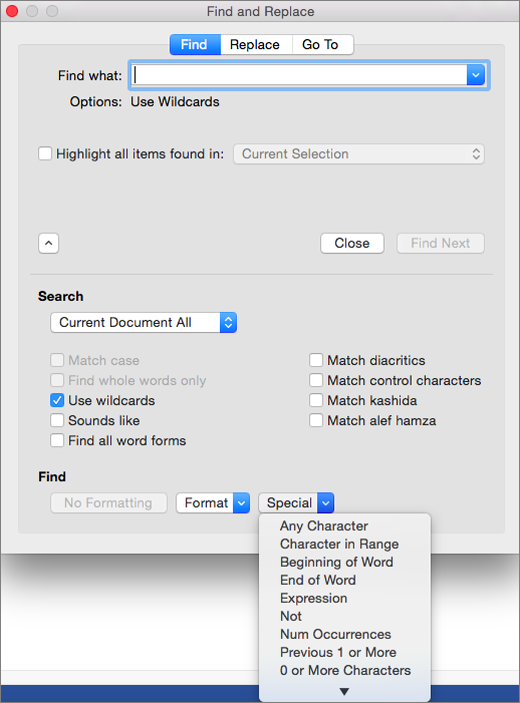
It includes Classic Menu for Word, Excel, PowerPoint, Access and Outlook 2007. It includes Classic Menu for Word, Excel, PowerPoint, OneNote, Outlook, Publisher, Access, InfoPath, Visio and Project 2010, 2013, 2016, 2019 and 365. Easy to show or hide the classic menus, toolbars and ribbon tabs.Easy to find any command items you want to process.Without any training or tutorials after upgrading, users can work with Office 2007/2010/2013/2016 immediately.All new features and commands of Office 2007, 2010, 2013, 2016, 2019 and 365 have been added to the menus and toolbars.
HOW TO USE CHANGE CASE IN WORD 2013 UPGRADE
The classic view helps the people to smoothly upgrade to the latest version of Office, and work with Office 2007/2010/2013/2016 as if it were Office 2003 (and 2002, 2000). It brings back the classic menus and toolbars to Microsoft Office (includes Word) 2007, 2010, 2013, 2016, 2019 and 365.
HOW TO USE CHANGE CASE IN WORD 2013 HOW TO
The software Classic Menu for Office is designed for the people who are accustomed to the old interface of Microsoft Office 2003, XP (2002) and 2000. Change Text Case in Word 2010, In this chapter, we will discuss how to change text cases in Word 2010. Now the ' Word Options' window will be opened where we select the 'Customize Ribbon' button. First of all open a Word document and click on the 'File' tab.



Just take Microsoft Word 2010 for example, which is as well as in Word 2007/2013. Step 4: A change case drop-down menu will appear with the following options - Sentence case: It is used to capitalize the first letter of each sentence. Use the familiar Word 2003 style in working with Word 2007, 2010, 2013, 2016, 2019 and 365 if you have Classic Menu for Word installed.


 0 kommentar(er)
0 kommentar(er)
